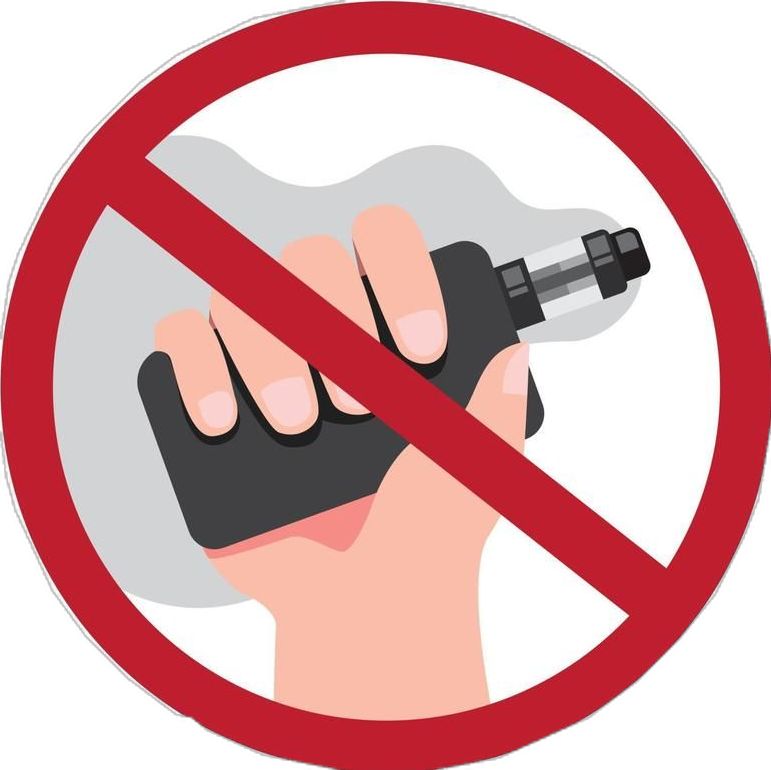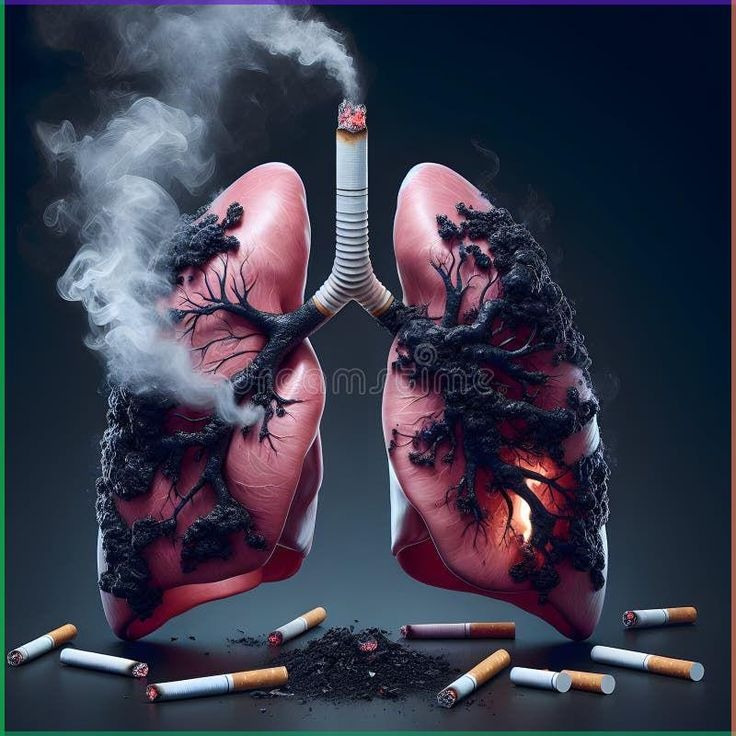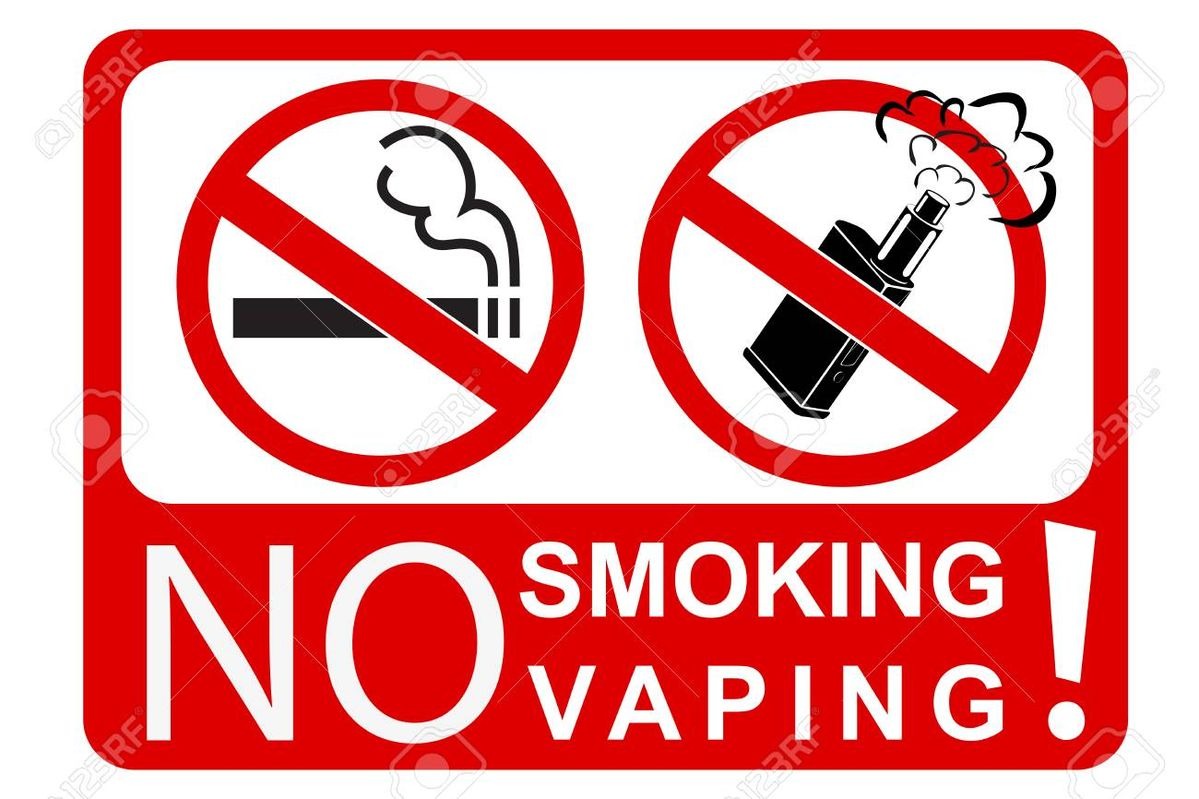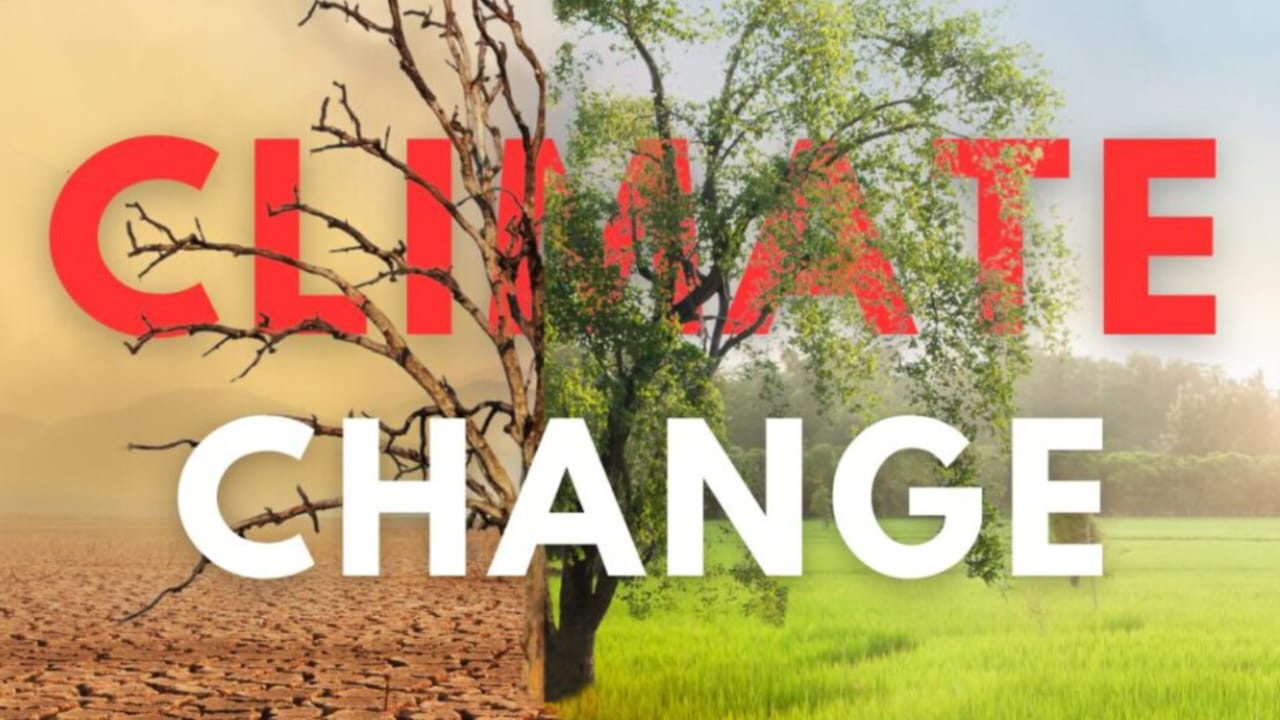E-Cigarettes or Time Bombs? The Vaping Crisis That Is Sending Thousands to Hospitals

Introduction
In the summer of 2019, hospital wards across the United States began to fill with patients suffering from baffling respiratory distress. Young adults, many with no prior lung disease, were presenting with extreme shortness of breath, fever, chest pain, and rapid declines in oxygen levels. Physicians initially diagnosed pneumonia, influenza, or even COVID (in later years), but none of the standard therapies worked. Over the next months, it became clear this was something new, a vaping-associated lung injury, later coined EVALI (e-cigarette, or vaping, product use-associated lung injury). The crisis exposed how a device once marketed as “safer than cigarettes” had quietly become a public health disaster.
This is the story of how e-cigarettes, hailed as revolutionary, morphed into a looming medical gamble, and why thousands ended up in hospitals, some never to return home.
The Promise: A Smoke-Free Alternative
Electronic cigarettes entered the consumer market in the early 2000s, offering a compelling pitch: deliver nicotine without many of the harmful byproducts of combustion. Users would inhale aerosols generated by heating a liquid (e-liquid), containing nicotine and flavorings. No smoke, no tar, no ash at least in theory.
For smokers, the promise was simple: a less harmful alternative. Regulators in some jurisdictions allowed e-cigarettes under that hope. But by the late 2010s, concerns were growing. Although e-cigarettes lacked many of the carcinogens in tobacco smoke, they still contained volatile chemicals, metals, aldehydes (like formaldehyde, acrolein), and other toxicants. Studies showed that the more ingredients an e-liquid had (flavorings, additives), the greater the toxicity.
Some preclinical and early human studies also raised red flags: inhalation of lipid-like substances, changes in lung cell viability, and inflammation responses. But the crisis that would force public reckonings did not truly unfold until 2019.
The First Alarms: 2019 and the EVALI Outbreak
In mid-2019, clinicians in Illinois and Wisconsin reported a strange cluster of lung injury cases in otherwise healthy vaping users. Patients were sick, their lungs inflamed, and standard treatment regimens, antibiotics, steroids, offered limited success. The CDC joined the response, and by August they launched a multi-state investigation into what would be named EVALI.
By February 2020, more than 2,800 hospitalizations had been attributed to EVALI across all 50 U.S. states, with 68 confirmed deaths. The median age of nonfatal cases was 24; fatal cases’ median age reached 51.

As clinicians pooled data, a pattern emerged:
A significant share of patients had used THC-containing vape products, especially from illicit sources.
A key chemical additive, vitamin E acetate, was found in bronchoalveolar lavage fluid (lungs wash samples) in many EVALI cases, strongly linking it to the outbreak.
However, not all patients used THC products; some had exclusively used nicotine vapes, indicating multiple potential risk pathways.
Hospitals reported many patients progressed quickly to acute respiratory distress syndrome (ARDS), requiring ICU care and mechanical ventilation. Nearly 91% of fatal cases in one study went to the ICU.
Public health agencies responded swiftly: warnings issued, products seized, and product ingredients analyzed. Awareness campaigns urged immediate cessation of vaping, especially illicit or unknown sources.
Still, the medical community was left with questions: What specifically was injuring the lungs? Why did only some users get critically ill? And how many more would suffer as e-cigarette use climbed?
Anatomy of the Damage: What Happens in the Lungs
EVALI is not a single disease, but a syndrome of lung injury. Its manifestations include:
Lipoid pneumonia: Inhalation of oily or lipid-based substances leads immune cells to engulf fat droplets, provoking inflammation and interference with gas exchange. Symptoms include cough, shortness of breath, and sometimes blood-tinged mucus.
Diffuse alveolar damage / ARDS: Widespread injury to the alveoli (air sacs) can cause fluid flooding, collapse, poor oxygenation, and high mortality risk.
Acute lung injury / pneumonitis: Direct chemical irritation and inflammation from aerosolized toxins.
Collapsed lung (pneumothorax) in some cases, likely from rupture of stressed alveoli.
Underlying these are biochemical insults:
Free radicals and reactive oxygen species (ROS) generated by nicotine, metals, heat, and chemical breakdown products. A recent study involving mice exposed to nicotine vapors showed lung injury mediated by oxidative stress and enzyme pathways (e.g. aldehyde oxidase).
Carbonyl compounds such as formaldehyde, acetaldehyde, and acrolein — formed when e-liquid solvents (propylene glycol, glycerin) are heated — which are known irritants and can damage airway epithelium.
Adjuvant or inert additives (oils, vitamin E acetate, flavoring agents) that may not be safe for inhalation even if they seem harmless in food or skin use.
Metal particles (lead, nickel, chromium) leached from heating coils or device infrastructure, which may deposit in lung tissue.
Moreover, chronic users may accumulate subclinical damage over years, which heightens vulnerability to acute injury.
Escalation: From Isolated Cases to a Full-Blown Public Health Crisis
As EVALI cases mounted, so did media coverage, regulatory scrutiny, and public alarm. This saga played out through several critical phases:
Political and Regulatory Pressure
Governments demanded clarity and accountability. Regulatory bodies forced manufacturers to submit ingredient details, sanctioned illicit products, and began banning or restricting certain e-liquid components. Some states moved to outlaw flavored vape pods that were especially attractive to youth.
Manufacturers and distributors faced lawsuits, public scrutiny, and regulatory crackdowns. Some recalled or reformulated products; others went bankrupt. The vaping industry’s narrative of a benign harm-reduction tool was shaken.
Scientific Pushback and Confirmation
While public fear rose, researchers were racing to confirm causality. Large epidemiologic reviews, meta-analyses, and long-term studies began to show that e-cigarette use increased risk of chronic lung disease over time, independent of tobacco smoking.
One of the first long-term studies found that e-cigarette users (who were initially free of lung disease) had a 1.3× higher risk of developing chronic respiratory disease compared to non-users, and dual users (smoking + vaping) had even higher risk multiplicatively.
A growing consensus emerged: vaping was not benign. Toxic exposures, respiratory inflammation, and unknown long-term effects combined to make it a hidden danger.
Turning Point: Decline of EVALI and Shifting Narratives
By late 2019, emergency department visits for EVALI began to decline. Public awareness rose, illicit THC products were removed, and the role of vitamin E acetate was spotlighted.
In September 2019, the CDC announced that 2,807 hospitalizations and 68 deaths were associated with EVALI, the final tally in their public updates.
However, the crisis never truly left public consciousness. Continued surveillance revealed new cases, especially in regions with weak regulation. Pulmonologists started diagnosing EVALI in contexts overlapping with COVID-19, underscoring diagnostic challenges.
Also, new data surfaced: between 2019 and 2024, hospitalizations linked to vaping among children under 20 reportedly rose 733% in England, with even children under 5 increasingly affected. The trend indicates the vaping gamble continues to ripple.
Analysis: Why the Crisis Exploded So Quickly
Several systemic failures and risky assumptions combined:
Unbridled marketing and youth targeting
Sweet flavors, sleek designs, and youthful advertising made vaping attractive to teens. Many started without prior nicotine addiction, inadvertently stepping into risky territory.Limited regulation and oversight
Many e-cigarette products entered markets with minimal ingredient disclosures, weak quality control, and opaque supply chains, especially for illicit THC cartridges.Misplaced assumptions of safety
Because combustion was absent, many assumed vaping would be substantially safer. That belief ignores that inhalation and dosage kinetics differ vastly from oral or dermal exposures.Delayed scientific response
The medical community lacked structured surveillance and clear case definitions initially. Many early cases were misdiagnosed as pneumonia, influenza, or asthma.Confounding substrate exposures
Not all EVALI cases stemmed from the same chemical. The complexity of devices, liquids, varying temperatures, and user behavior made causality murky.Media amplifications
The public narrative often emphasized sensational cases, which, while necessary, sometimes overshadowed measured scientific debate.
Legacy: What We’ve Learned and What Still Haunts Us

The vaping crisis left behind a complex legacy:
Health Aftermath and Long-Term Effects
For survivors, lung damage is not always fully reversible. Some have persistent respiratory impairment, scarring, or heightened sensitivity to inhaled irritants. Others carry underlying vulnerability to future lung injury. Clinical follow-up is ongoing.
Public Trust and Policy Momentum
The EVALI crisis shifted the narrative: vaping could no longer be dismissed as a benign substitute. It provoked calls for tighter regulations, flavor bans, stricter age limits, and transparency in product ingredients. Many jurisdictions implemented new laws.
The Ongoing Challenge of Dual Use
Many vapers also smoke cigarettes (“dual use”), compounding harm. Disentangling the risks of each behavior remains a scientific challenge and a policy dilemma.
Vulnerable Populations at Risk
Youth users, pregnant women, individuals with lung or cardiac disease are especially vulnerable. The crisis highlighted the need for preventive outreach in schools, communities, and vulnerable groups.
Preparedness for Future Crises
EVALI serves as a blueprint for emerging threats: when a novel consumer device has biological impact, public health systems must mount fast surveillance, regulatory responses, and clinical protocols.
The Unanswered Questions and the Gamble That Remains
Are there unknown “safe thresholds” or device configurations that truly minimize risk?
Some industry claims suggest careful heating, flow control, or “clean” ingredients reduce harm but evidence remains weak.What role do genetic, immunologic, or prior-exposure factors play in who becomes critically sick?
Why one vaper develops EVALI while others do not remains largely unexplained.What are the long-term carcinogenic risks of chronic vaping?
Preclinical data in mice exposed long-term showed increased tumors and bladder hyperplasia.Studies in humans are too young to provide robust answers.How to regulate cross-border and black-market vaping products?
Illicit THC cartridges were central in the EVALI outbreak; policing supply chains is a constant arms race.How to reconcile harm-reduction arguments with urgent health warnings?
Some argue vaping still beats smoking. Others argue that the unknown and acute harms make blanket caution imperative.
Conclusion: The Risk We Ignored
The vaping crisis is not an accident, it is a warning. A mass experiment in inhalation chemistry, marketed under the guise of safety, and has now become a medical emergency. Thousands hospitalized, dozens dead, and countless more with lingering lung damage.
The story of EVALI is a stark reminder: in health and innovation, miracles are rare, caution is indispensable, and regulation after the fact can never fully repair the damage.
You may also like...
Super Eagles' Shocking Defeat: Egypt Sinks Nigeria 2-1 in AFCON 2025 Warm-Up

Nigeria's Super Eagles suffered a 2-1 defeat to Egypt in their only preparatory friendly for the 2025 Africa Cup of Nati...
Knicks Reign Supreme! New York Defeats Spurs to Claim Coveted 2025 NBA Cup

The New York Knicks secured the 2025 Emirates NBA Cup title with a 124-113 comeback victory over the San Antonio Spurs i...
Warner Bros. Discovery's Acquisition Saga: Paramount Deal Hits Rocky Shores Amid Rival Bids!

Hollywood's intense studio battle for Warner Bros. Discovery concluded as the WBD board formally rejected Paramount Skyd...
Music World Mourns: Beloved DJ Warras Brutally Murdered in Johannesburg

DJ Warras, also known as Warrick Stock, was fatally shot in Johannesburg's CBD, adding to a concerning string of murders...
Palm Royale Showrunner Dishes on 'Much Darker' Season 2 Death

"Palm Royale" Season 2, Episode 6, introduces a shocking twin twist, with Kristen Wiig playing both Maxine and her long-...
World Cup Fiasco: DR Congo Faces Eligibility Probe, Sparks 'Back Door' Accusations from Nigeria

The NFF has petitioned FIFA over DR Congo's alleged use of ineligible players in the 2026 World Cup playoffs, potentiall...
Trump's Travel Ban Fallout: African Nations Hit Hard by US Restrictions

The Trump administration has significantly expanded its travel restrictions, imposing new partial bans on countries like...
Shocking Oversight: Super-Fit Runner Dies After Heart Attack Symptoms Dismissed as Heartburn

The family of Kristian Hudson, a 'super-fit' 42-year-old marathon runner, is seeking accountability from NHS staff after...





